Being a Photographer myself, I have always been fascinated by the old world charm that Rural life provided to my spirit. And Its not just about India but whole of South and South-East Asia had an unexplainable charm to it, still has. There is so much in common. Culture going centuries back.
And today in 2023, when the world has started sprinting at a breakneck speed; when people, younger generations have almost, already left things behind; I feel an urge and need to conserve things, documents, stories, creations and life of the past. As much as I can in my limited means.
And what better there is to learn and study from someone who himself has been a conservationist in the real sense. Jyoti Bhatt’s work is a proof in itself, that had there been no him, we wouldn’t have ever known what Rural India of the past looked like.
Here sharing excerpts from his travels, some never seen images and stories that only his closed ones must have known.

The diary of Jyoti Bhatt that he kept during his travels to the villages of Rajasthan and Madhya Pradesh from 1981-1983.
It is said that a picture is worth 1000 words. However, this may be true for some pictures, according to John Szarkowski who was a director of the photography section at the mueseum of modern art in the US. “Photography has never been very successful at telling stories. This is not surprising if one considers that isolating single fragments out of the continuity of time- what photographs do- is very close to the opposite of what a narrative does”, thereby refuting the assumption made earlier.



The Advent of a Culture Space in India
The central government of India had come up with a plan that every state should have a large cultural centre. When Shri Arjun Singh was the chief minister of Madhya Pradesh, Mr. Ashok Vajpeyi was the secretary for culture. He convinced Arjun Singh to have a cultural centre made. Thus Bharat Bhavan came up and was inaugurated by the then Prime minister Smt. Indira Gandhi on 13 February 1982
At that time she had said, Delhi is the Political capital of India and Bhopal is the cultural capital. Charles Correa, one of the well known architects of that time designed Bharat Bhavan.
Ever since the construction of the museum had begun, the collection of rural tribal art forms had started. In 1983, we made one such trip to the North Eastern hilly region of central India. The tribal inhabitants of that region are known as Hil Korba. The town we had reached was the site for holding the traditional Haat(weekly market). Incidentally, it being the day of the haat there were many people from the Hil Korba tribe.
We asked a few of them whether they would do some drawings if we provided them with paper. They agreed so we took them to the place where we were put up and gave them sketch pens and paper. The Korba tribals don’t have a tradition of making motif or other images on the walls or floors of their houses as decorations. But the ones to whom we had given paper had seen shopkeepers writing accounts or policemen writing crime reports on paper. So, they started making marks, (which may have been ‘writing’ according to them, on the paper that we gave them. Like little children who scribble believing that their writings are legible scripts, these adults tribal-folk scribbled all over. They didn’t even have the idea that most scripts follow the system of writing from one side to the other and so they filled the paper surface with scribbles horizontally, vertically, zigzag and all over the paper. They were all paid Rupees 100/- as token remuneration. The news of of this happening spread across villages far and near. The next day around 700-800 people arrived outside where we were staying. It was impossible to explain to them our point of purpose and therefore the only way out for us was to pack our bags and sneak out from the back door like thieves.

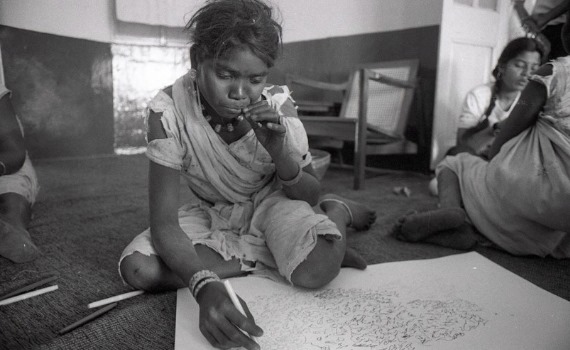




Sometime in 1984, B. V Kamath and the theatre group were to go to Bastar in Madhya Pradesh and he made it possible for me to go with them.
It was a time when Naxalism had not spread into bastar and so going into the interior parts of the forest was possible.
Also read : Why Do I Like Gandhi?
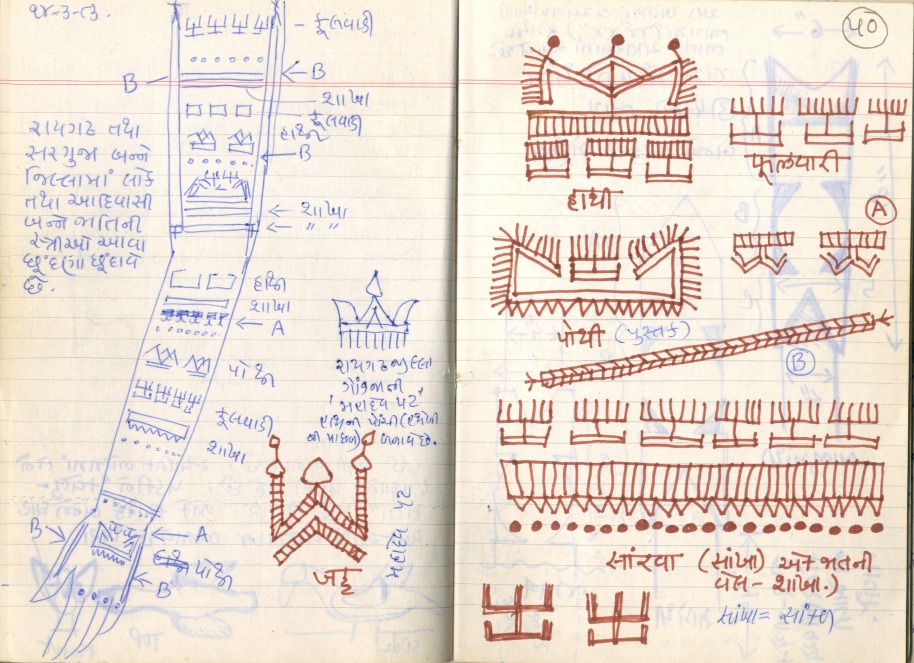



Once we reached the place on a day where a large number of people were gathered, celebrating their ritual fair. They sang and danced through the night. The circumstances were such that i could not take a single photograph during night hours. But fortunately the dancing went on till next morning also. So, I got a chance to take photographs in broad daylight. At one point, as i was standing at a spot to take photographs, someone brushed past me so hard that almost knocking me down. I collected my lenshood and spectacles that had been knocked down, and after checking the damages, continued taking pictures.
It was only on after my return that evening to the place where we were staying, that I met an actor of Rang Mandal and we talked about the incident of the morning. He told me that a young man had got very angry and had charged towards me with an axe to attack me. It was because he was intoxicated with too much Toddy or some such local brew that he had lost his balance, missed his target and I was spared.
It was my good fortune that I was safe, said Mr. Bhatt and completely oblivious to what was going on around me, I was unfazed and kept taking pictures as innocently.
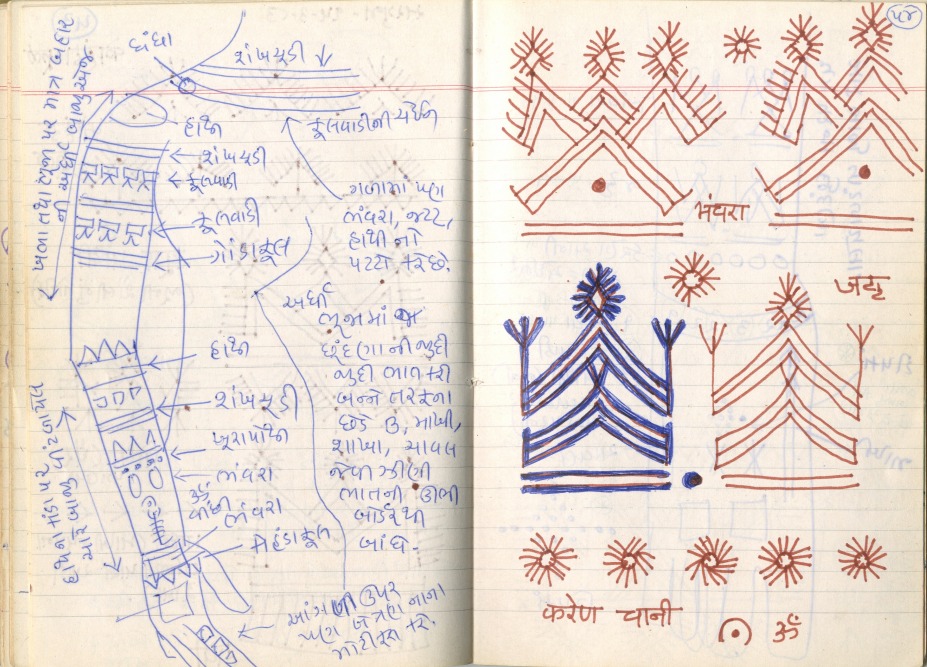



Also Read : The Incredible Land that is Devoted to Light



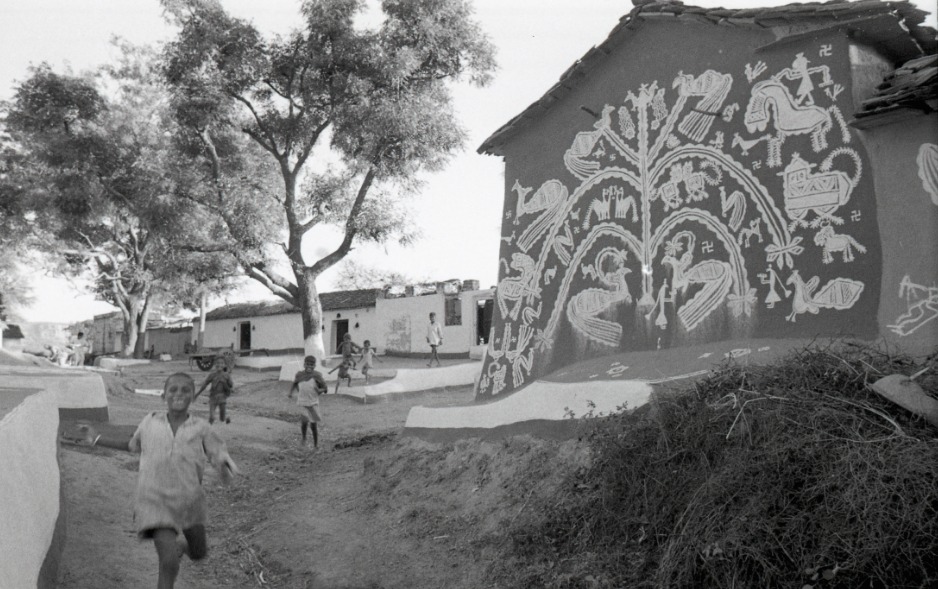





Also read : Jyoti Bhatt A Tribute and Photographic Essay on Rural Gujrati Life of Last Century

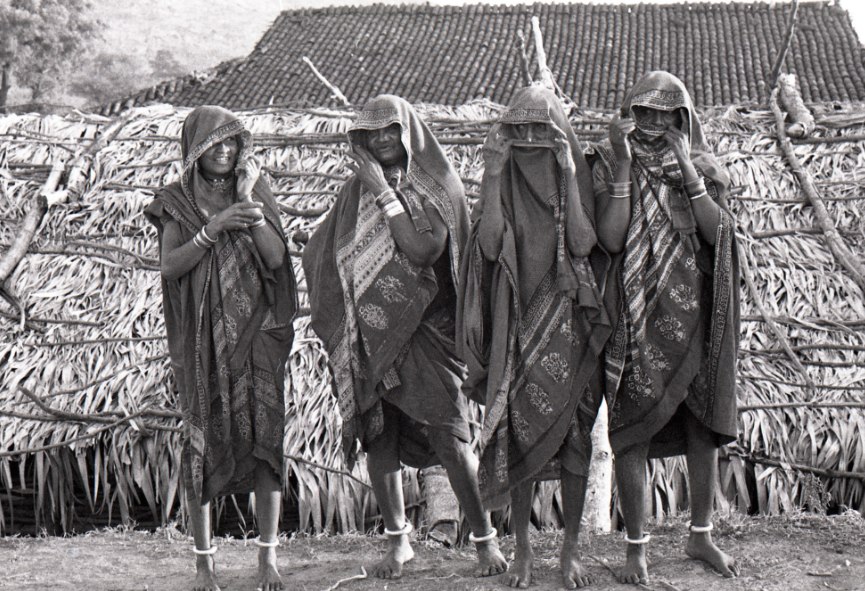




THE THEPLA STORIES

On another instance, Jyoti Bhatt narrated a beautiful tale about his mentor and one of India’s eminient painter K.G Subramanyan. He had once said to me, ‘I don’t like it at all if someone calls me the bread earner of the family.’ However, at that time, I had no clear understanding of why he said so.
Whenever Raghav(a friend) and I travelled to various places for photography, we made sure to carry thepla with us. In. a way, thepla became a complete meal for us. Once when we had gone to Rajasthan it rained unexpectedly and the atmosphere turned humid. Due to the humidity, our thepla caught mould and we had no option left but to throw then away. However, we could buy bread from a small market near our Dharamshala (often a free or inexpensive lodge type of accommodation). We also bought carrots, radish, onions and tomatoes and set forth for our work.
Late that afternoon, we sat under the shade of a tree and began to have our lunch. On seeing us, a couple of children who were playing came close to us. They were perhaps curious to know what we were eating, so we handed them two slices of bread each. But they didn’t like it after tasting it, threw it away; some dogs were attracted by this and came running. As they sniffed the bread slices on the ground I thought they would start fighting for it. To my surprise, they just sniffed the slices and went away. Though we couldn’t follow their example and had to make do with the remaining bread and raw vegetables.
Those children and dogs made it clear to us why Mani Saheb(Prof. K.G Subramanyan) had such a dislike for bread.


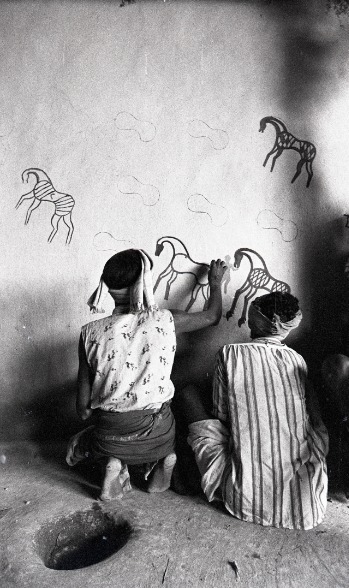
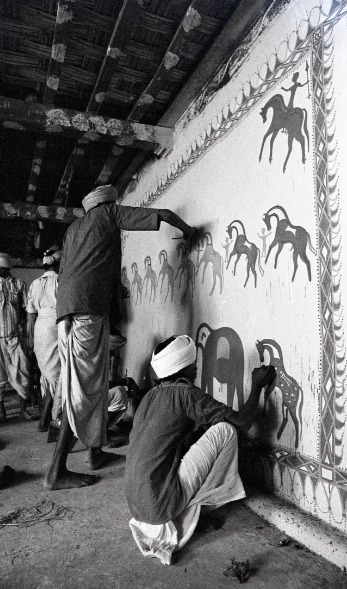




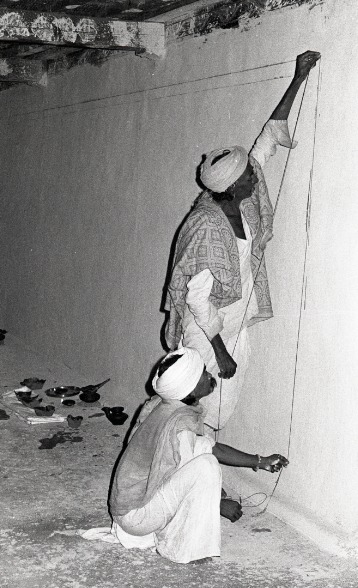
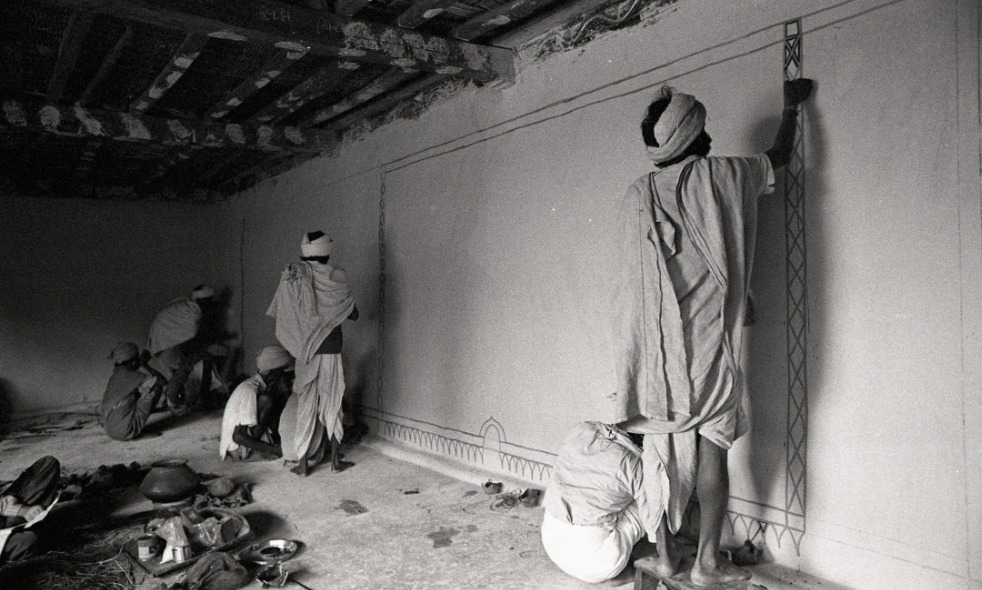



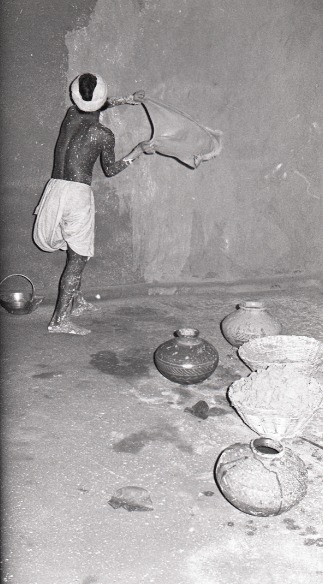


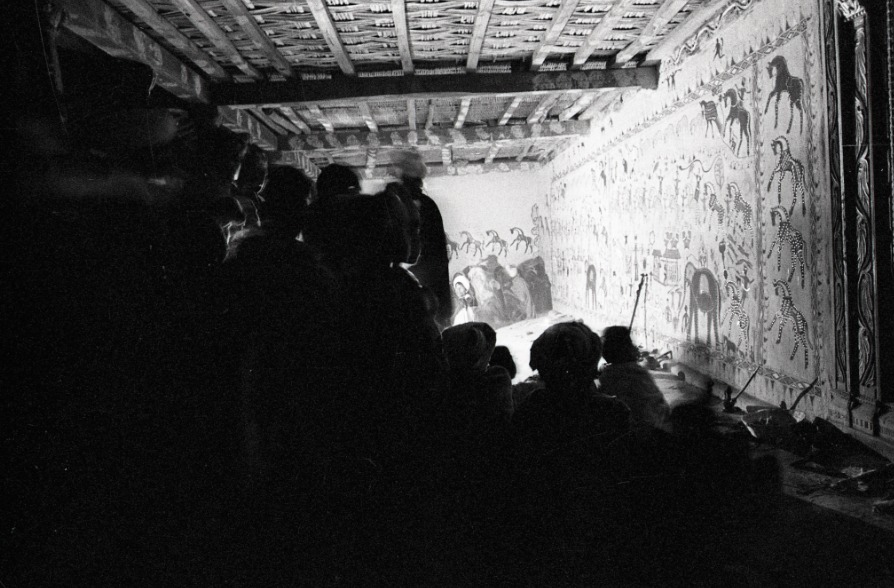
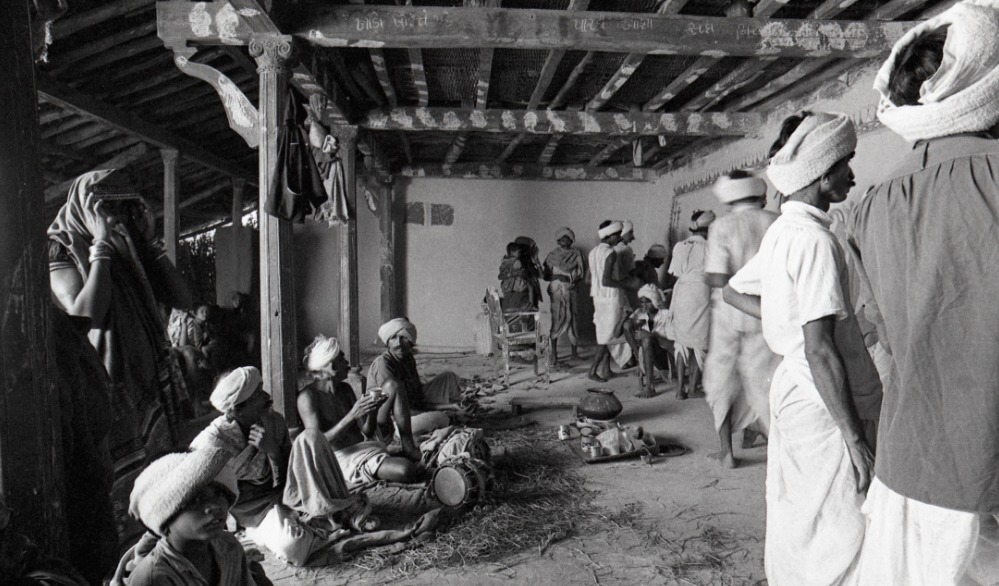


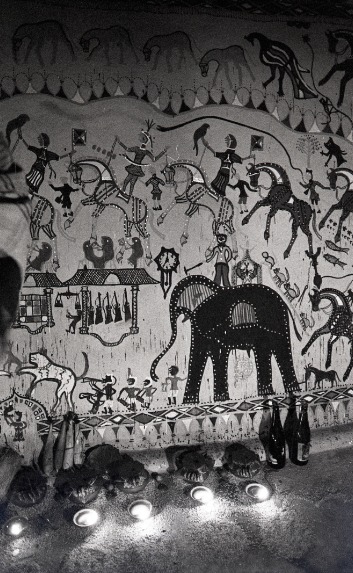



In the year 1996, I had to go to Orissa. On the onward journey, I had thepla (a spicy roti which lasts for quite some time), but on the train journey back, I did not carry anything to eat. In the afternoon, on the berth opposite me, two children were served food by their mother on paper plates. I kept looking at their plates. The mother thought that I was staring because I was hungry, and so she asked, “would you like something to eat”. I thanked her and refused but asked her to give me those plates when the children finish eating.
The reason for my interest, he told was that the plates on which the two children were eating from, were made from those pages of Tata diary that had my photographs printed on them. Later, I shared this incident with my mumbai-based friend. He not only got me six or seven copies of that diary. But also told me that if i wanted more they were available in abundance on the footpaths of Fort area in Mumbai.


Jyotindra Manshankar Bhatt(12 March 1934), better known as Jyoti Bhatt, is an Indian artist best known for his modernist work in painting and printmaking and also his photographic documentation of Rural Indian Culture.
Bhatt has gained both national and international renown throughout his career. He curated the two-part exhibition titled Painters with a Camera at the Jehangir Art Gallery, Mumbai (1968), which featured the work of artists with an interest in photography. He has also shown his work at Anant Art Gallery, New Delhi (2005); Gallery Espace, New Delhi (2001); and the Delhi Art Gallery (2007). In addition to this, he has painted multiple public murals, including two at the Parliament House in New Delhi. He received the President’s Gold Plaque in 1956 and the Padma Shri in 2019. His work is part of the permanent collections of the Smithsonian Institute, Washington DC; the Museum of Modern Art, New York; and the Museum of Art & Photography (MAP), Bengaluru.
As of writing, Bhatt lives and works out of Baroda.
: ँ :
Thank you
If today is the first time you have arrived on The Road to Nara, you are heartily welcome ~ Namaste
“If you enjoyed the post please let me know. Do share your experience in the comment section below and Do subscribe for many such hidden stories that are especially curated for my mail subscribers that you won’t find anywhere on the blog.
ROAD TO NARA : Stories of Culture, History, Passion, Art, Folk, Mystic Travel, Mountains and River Valleys of India and around the World to your mailbox.
Follow NATURE
: ँ :
I will take this opportunity to introduce you to About me and importantly
As a co-traveller, will take you through the Ten Lessons I learnt from several years on the road, before you coarse on your own Road to Nara.
Also read: 9 Most Read Stories from Road To Nara in 2022
: ँ :
You might also like to know about My Little School Project.
If you wish to come over for a visit someday, that you must, you will be heartily welcome here
: ँ :
If you have anything to share, or feel like saying a hello, please feel free to write to me at narayankaudinya@gmail.com
To visit other long-term photographic works, please visit here.
To follow my walks through the rural Indian Subcontinent, find me at
Instagram | Facebook | Twitter
: ँ :
Credit : (Jyoti Bhatt) Various Sources
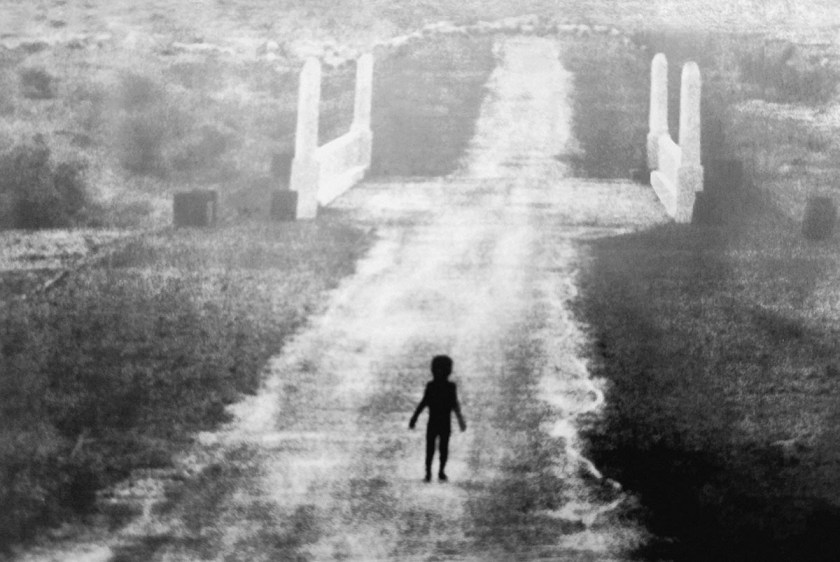

Pingback: A Dairy of a Photographer and his Incredible Rural India Stories | Ned Hamson's Second Line View of the News
Well, as always, Thanks Ned.
LikeLike
Beautiful photograph and lots to think about. Its true that a photograph can hardly tell a whole story but a series of photographs maybe more effective. Photographers do get lost in their activities and fail to look at the surroundings, a lucky escape from a random agressor.
LikeLiked by 1 person
Thank you Alessandra, lovely to have your words here.
Its true phtotgraphers become wanderers by nature and it becomes our second nature to get engaged in not so right setting without knowning many things of the surroundings. But slowly experience teaches and nature in time ‘many a times’ helps. Thanks for your valuable view.
LikeLike
Narayan, what a fascinating and gorgeous post! I couldn’t take my eyes off Jyoti Bhatt’s lovely photos and notebook. Thank you for sharing this story of traditional village life and art in rural India. The art is exquisitely beautiful! How wonderful that the art has been documented and preserved! ❤
Enjoy your weekend!
LikeLike
Aah thank you Cheryl. It surely is. And most importantly it was done at the right time. And today it is as important to pass it on to people who are already looking the other way, for it is very important brick to conservation, history and the coming future.
LikeLiked by 1 person
These are such wonderful photographs and stories. I think black and white is very effective here. Even though it would be interesting to see the colours of those walls, I think it is the subject itself that is more important. I have always thought it sad that people everywhere seek, more and more, to be alike. Jeans and t-shirts. Ethnic dress and customs should never have been sacrificed. To me diversity has always been a wonderful thing. So this diary and the photos are precious. I thank you so much for posting them.
LikeLiked by 1 person
Thanks Caro. Black/white carries immense charm and untold stories in it.
Oh and I dont think people are seeking to be alike, they have most sadly become alike, more so now getting access to things easily, not researching, wanting to know or gather right kind of information on nature and beings, its sad but its how it is. But it is also why you and me are talking here Caro, and more so why we have Road to NARA 🙂 Thank you Caro.
LikeLike
Beautiful words, photographs and illustrations.
LikeLiked by 1 person
Thanks Neil. Gratitude 🙂
LikeLiked by 1 person
Beautiful, Narayan!
LikeLike
Thanks Rosa, hope things are well with you there.
LikeLiked by 1 person
As well as they can be, Narayan 🙂
LikeLike
Wonderful photographs, and educational, as is yout writing.
LikeLiked by 1 person
Thanks Jenne. Happy to read your words in kinsd .
LikeLike
Wow. I’m fascinated by the paintings on the walls (and everything else). Thank you, Nara.
LikeLiked by 1 person
Oh dear Martha, these paintings were the love of their lives, of tribes. They must still be there, not in similar zest and passion. But they are just such other worldly
LikeLiked by 1 person
I think painting is prayer.
LikeLike
Oh, it absolutely is Martha. Somehow I am going to remember these words for the rest of…. Thank you for this. Painting is a prayer.
LikeLiked by 1 person
Fascinating!!💕✨️💕
LikeLiked by 1 person
Thanks Anne.
LikeLiked by 1 person
Outstanding photos. I guess they are from the book. And very engaging writing style.
LikeLiked by 1 person
Thanks Gita, assorting these images from everywhere I could get. Thank you for kindness, always.
LikeLiked by 1 person
Hi Sir, a big smile 😇 imagining you falling for that hard push from the angry young man and picking yourself up and started clicking the pics again. Though it’s poignant yet brought smile to my face to know about your passion.
Yah the passion for preserving the charm and heritage of rural life in South and Southeast Asia is truly commendable. Jyoti Bhatt’s work and your dedication to documenting the past are pricelss contributions to preserving these rich cultural legacies for future generations.
And what better there is to learn and study from someone who himself has been a Supreme model in the real sense. That’s you the gentleman with golden heart. 💛
LikeLike
Dearest Suma, this story was not mine, but of India’s most important and less known documentarian ‘Jyoti Bhatt’. Even though my passion rages to document as much and alike his but it has been him who gave us such rare glimpses into the lives of communities never seen before. He could possibly be one of the few Indian photographer artists who dared and more than that loved to go to unknown, unreachable villages in that time and era. So some of these articles here on my site is my dedication to his work.
Your curious words always makes ones heart melt. I thank you for only a golden heart can know the value of such works 🙂 Hoping times and gods have been showering their love on you and family.
LikeLike
Beautiful images and each one does tell a story. Well done and a great learning experience.
LikeLike
Thanks Anne. Yes, each painting on the wall comes having history of its own. Working on such works is certainly an important experience. Thanks again.
LikeLiked by 1 person
A wonderful post, Narayan, thank you for sharing so many of these fabulous images. I especially love those last images of the walls painted with beautiful horses & so many striking animals.
Everyone can draw if only they can let go of restraints (you see, I know the answer to my own difficulties). 🎨🙋♂️
LikeLike
Thank you for the kindest words Ashley. I love those images as much. Old times people lived as one community and celebrated with creating wonderful living spaces for themselves. But sadly now most have restrained themselves like me and ‘you’ 🙂
LikeLike
The old world charm and rural life fascinates me, too, Narayan. Thank you for documenting, conserving, and sharing.
LikeLike
As it fascinates me dear Crystal. Thank you for kindest words.
LikeLiked by 1 person
Fascinating photos. Thanks for sharing the artwork and the writing.
LikeLike
Thank you Vanya, always a pleasure.
LikeLiked by 1 person
A wonderful post, Narayan ji, as always. Lovely rural artwork and pictures are awesome. Both you and Jyoti Bhatt deserve praise.
LikeLike
Thank You, Kaushal Ji.
LikeLiked by 1 person
Amazing and inspiring.
LikeLiked by 1 person
Hey Cidy, long time. Thanks. Also apologies for replying late.
LikeLike
Narayan’s tribute to Jyoti Bhatt is not only wonderfully interesting and rich in details but timely too, because of the advanced age of the creator of the stunning images.
The artist, Jyoti Bhatt is known for his photographic documentaries that portray the culture of rural India. I loved the unknown details of the ingenuity of villages, such as how they achieved the effect of plastering with a piece of cloth, their skill of producing white and black homemade paints, and the extraordinarily complex paintings, with details such as a snake eating a rat! The amusing story of the bread that even the street dogs wouldn’t eat, is priceless.
Reading Narayan’s words: ” In my limited means” made me think that there is nothing
more powerful and unforgettable than producing a book about rural India, and the villages where the ancient culture is being preserved and is continued.
Many extraordinary stories must be told in a book so the world can learn about and admire the uniqueness of India.
Among many, two come to mind; the village Piplantri in Rajasthan where a lucky number of 111 trees are planted when a girl is born, and the cultivating of Aloe Vera
lead to the prosperity of the village and also the country.
The other story that needs to be included in the history of the creation of Rock Garden by a genius man, Nek Chand Saini.
Come on, Naryan, your destiny is calling you!
Joanna
LikeLiked by 1 person
Thanks for a marvellous analysis dearest Joanna. I am well aware how much you love India, and that is without ever setting foot here. India is huge and rural India is rich in stories and legends. Lets see dearest, what you wish is what I want to do too. Thanks much.
LikeLike
Thank you, Narayan, for your wonderful reply! I can hardly wait for the time your book will be ready, because I know for sure, that it will be a bestseller, and it will take you to the highest position in India’s literature history, equal only to the great
writer, Rabindranath Tagore.
Joanna
LikeLike
Excellent photos and beautiful stories. Loved it very much well shared 👌
LikeLike
Thank you Priti, long time and lovely to have your uplifting comment. Yes important stories to conserve. Thank you.
LikeLiked by 1 person
☺️🙏
LikeLike
Beautiful article 🌿💯
LikeLiked by 1 person
Thanks Birendra. Good to have your kind words here.
LikeLike
Oh my goodness Narayan, this was so fascinating. The drawings are wonderful, and the photographs exquisite. Jyoti Bhatt manages to tell a whole story in a single image easily. What a wonderful journey you took me on with this post. I hope one day to visit some of these rural villages myself.
Alison
LikeLike
This was one journey for me too Alison, while writing this. Jyoti Bhatt has left a deep love and quest for such stories that well, surprisingly can still be experienced in Rural India. So please come, if it happens we will go around together 🙂
LikeLiked by 1 person
A very interesting article, Narayan. I love all of you photos of Indian life. I am happy that you are preserving Indian culture with your work.
LikeLike
My friend Dwight, apologies for taking time to write back to you on this long essay. Your precious comment is cherished, as always, thank you.
LikeLiked by 1 person
No problem. You are most welcome!
LikeLiked by 1 person
Loved the photographs and your post, Narayan! Thank you so much for posting!
LikeLike
Ellen, apologies for taking time to write back to you. And you must know that your presence is cherished. Thank you.
LikeLiked by 1 person
Thank you so much, Narayan🙏🏽.
LikeLiked by 1 person
A pleasure dear Ellen
LikeLiked by 1 person